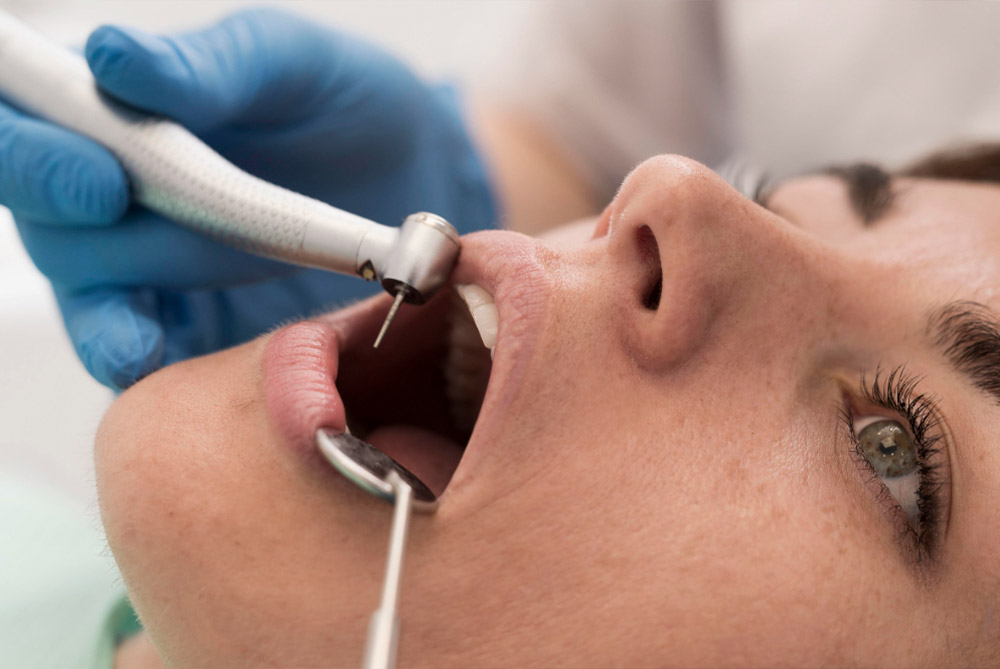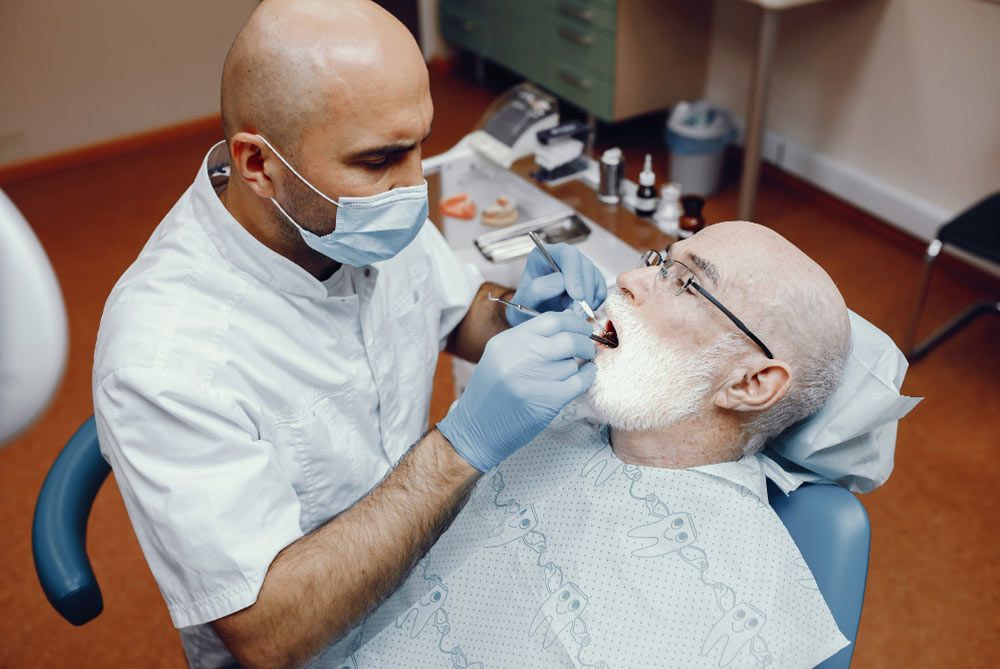Dental implantology has become a cornerstone of modern dentistry, revolutionizing the way we approach tooth loss and restoration. As the field continues to evolve, advancements in techniques, materials, and technology are shaping its future. With the growing demand for high-quality dental care, professionals must stay ahead of these changes to offer the best outcomes for their patients.
Continuous professional development is essential for dental practitioners to remain competitive and proficient. Innovations in dental courses are playing a crucial role in this process, equipping professionals with the latest skills and knowledge to adapt to emerging trends. These cutting-edge courses not only enhance clinical expertise but also empower practitioners to integrate new technologies into their practices, ultimately advancing the entire field of dentistry. Embracing these innovations is key to staying at the forefront of this dynamic industry.
The rise of digital dentistry in implantology training
In recent years, digital dentistry has made significant strides, transforming the landscape of dental implantology training. Technologies like CAD/CAM (Computer-Aided Design/Computer-Aided Manufacturing), 3D printing, and virtual implant planning are at the forefront of this revolution, reshaping how dental professionals approach implant procedures.
CAD/CAM systems allow for precise design and manufacturing of dental restorations, reducing manual labor and minimizing human error. In implantology courses, these tools enable students to design and visualize implant placements with unmatched accuracy before performing procedures on patients. 3D printing further enhances training by providing tangible models that replicate real-life anatomical structures. Trainees can practice on these printed models, gaining valuable hands-on experience without the risks associated with traditional methods.
Another groundbreaking tool is virtual implant planning, which allows practitioners to simulate and plan implant placement using patient-specific digital scans. This technology not only offers a higher level of precision but also helps anticipate potential challenges, such as bone density or anatomical limitations. By incorporating these digital tools into implantology training, courses ensure that dental professionals are proficient in advanced techniques, ultimately leading to better patient outcomes.
The integration of these technologies into dental courses brings numerous benefits to professionals. They improve precision, reducing the likelihood of errors during surgery. Additionally, they enhance the learning experience by providing immersive, interactive environments where dental students can practice procedures before working on real patients. This hands-on exposure fosters confidence and competence, ultimately accelerating the learning curve. By embracing digital dentistry in dental courses, future practitioners are better prepared to leverage innovations that will define the future of implantology.
Simulation and virtual reality for hands-on training
Virtual Reality (VR) and Augmented Reality (AR) are rapidly becoming game-changers in dental implantology education, offering immersive, interactive environments where students can practice complex procedures without risk to patients. In implantology training, VR and AR technologies create realistic simulations of dental surgeries, allowing trainees to engage in hands-on learning in a virtual setting.
These implantology training simulations provide an invaluable opportunity to practice implant placement, soft tissue handling, and bone manipulation in a completely risk-free environment. By using VR headsets and AR glasses, students can interact with 3D models of the human jaw, performing intricate procedures with realistic sensory feedback. This hands-on experience is critical for developing muscle memory, as trainees repeatedly perform actions, reinforcing their skills.
Beyond just technical ability, VR and AR help build procedural confidence. Practitioners can refine their techniques and troubleshoot problems without the pressure of real-world consequences. As a result, they can enter actual surgeries with greater assurance, having already encountered various scenarios in the virtual world. These innovations in virtual reality dental courses make learning more engaging and effective, providing students with the skills and confidence they need to excel in modern implantology.

Advanced surgical techniques and training
The field of implantology continues to evolve with advanced surgical techniques such as immediate loading implants, mini-implants, and computer-guided surgery. Immediate loading implants allow for the placement of a temporary tooth on the same day as the implant, reducing treatment time and enhancing patient satisfaction. Mini-implants offer a less invasive solution for patients with limited bone volume, making implant procedures accessible to a wider range of individuals. Meanwhile, computer-guided surgery provides unparalleled precision by using digital planning to guide implant placement, ensuring optimal positioning with minimal surgical intervention.
These innovative dental surgery training methods are being incorporated into advanced implantology courses, allowing professionals to master the latest techniques. Staying updated with these innovations is essential for providing the best patient outcomes. By integrating these cutting-edge methods into their practices, dental professionals can offer faster recovery times, reduced complications, and improved aesthetic results, ensuring they remain at the forefront of the field.
Personalized learning paths and online education
The landscape of dental education is rapidly evolving, with a notable surge in online dental implantology courses and webinars. This growing trend caters to the increasing demand for specialized knowledge in implantology, allowing dental professionals to enhance their skills without the constraints of traditional classroom settings.
A significant advancement in this domain is the implementation of personalized learning dental education pathways. Leveraging AI and machine learning, these platforms adapt to individual learning styles, strengths, and areas needing improvement, ensuring that each learner receives a tailored educational experience. This customization not only enhances comprehension and retention but also accelerates the mastery of complex implantology techniques.
Interdisciplinary Approaches to Implantology Education
Modern interdisciplinary dental implantology courses seamlessly integrate implantology with specialties such as periodontology, orthodontics, and prosthodontics. This integration enhances comprehensive care in dental implantology by fostering a holistic understanding of each related field.
Through implantology and prosthodontics collaboration, practitioners can develop more effective treatment plans that address both surgical and restorative needs. Interdisciplinary courses promote comprehensive patient care and meticulous treatment planning, ensuring that all aspects of a patient’s dental health are considered. This holistic approach not only improves clinical outcomes but also enhances the overall patient experience, making dental implantology education more robust and versatile.
As you can see, there are many innovations in dental implantology courses, such as the ones we offer. At the International Institute of Implantology and Advanced Aesthetics we have the best courses for dental professionals, with which they can improve as professionals. Do you want to know more about our courses? Contact us and we will be glad to help you.



